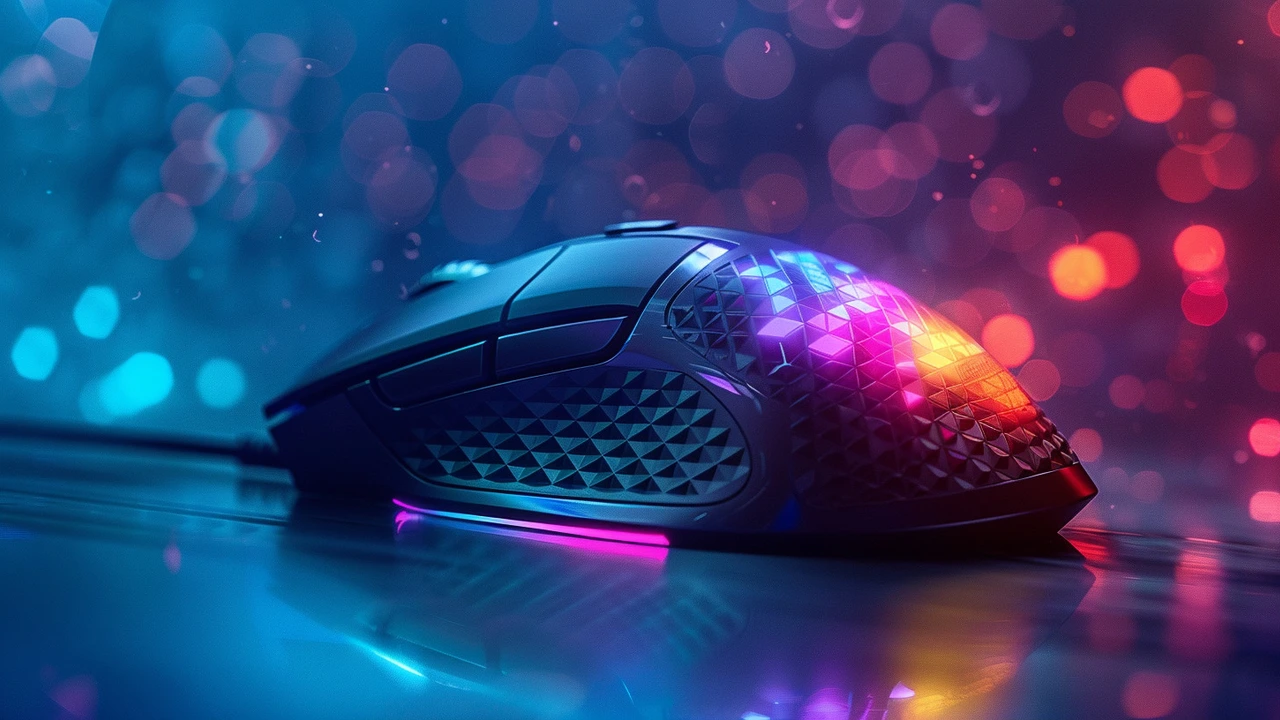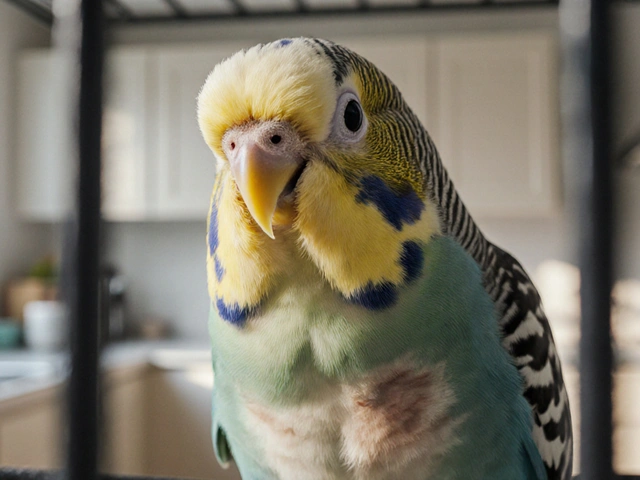Optical Sensor Technology: Practical Guide for Choosing and Using Sensors
Optical sensor technology turns light into useful signals. Whether you’re building a simple line-following robot, measuring heart rate with a wearable, or adding LIDAR to a drone, the basics are the same: pick the right detector, control the light path, and read a clean signal. I’ll keep this short and practical so you can act fast.
Main types and how they work
Photodiodes and phototransistors are the go-to parts for most projects. They respond to light quickly and work well with LEDs or ambient light. Photodiodes give linear output and are good for precise measurements; phototransistors amplify the signal but are slower.
CMOS and CCD image sensors form pictures. Use these when you need spatial info — barcode scanning, machine vision, or object detection. They need lenses and more processing, but they reveal patterns, not just intensity.
Fiber optic sensors use light traveling through a fiber to sense strain, temperature, or chemical changes. They shine in harsh or electrically noisy environments where electrical sensors fail.
LIDAR and time-of-flight sensors measure distance by timing light pulses. Pick them when you need mapping, collision avoidance, or accurate ranging over meters.
How to choose and integrate optical sensors
Start by matching the sensor’s spectral sensitivity to your light source. If you use IR LEDs, read the datasheet for responsivity at 850–940 nm. For pulse oximetry or PPG heart-rate sensors, green or red wavelengths matter — choose parts rated for those bands.
Decide on range and speed. Short-range reflectance sensors work for line following or proximity checks. For distances of meters, use LIDAR or time-of-flight modules. For high-speed events, check rise/fall times and sampling rates.
Mind the environment. Outdoors means sunlight and temperature swings. Add optical filters, narrow field-of-view, and shielding to reduce stray light. For dusty, wet, or explosive areas, fiber optic sensors or sealed housings help.
Signal conditioning is often the make-or-break step. Use transimpedance amplifiers for photodiodes, ADCs with enough bits for your dynamic range, and simple digital filtering to remove flicker. Consider modulating your light source and using synchronous detection (lock-in) to extract weak signals from noisy backgrounds.
Watch common pitfalls: sensor saturation from strong light, drift with temperature, and misalignment of optics. Calibrate with known targets, add a reference channel where possible, and test with real-world lighting.
Quick examples: use an IR reflectance pair for simple object detection; choose a photodiode + TIA for precise light power measurement; pick a small LIDAR module for drone obstacle avoidance. If you’re unsure, compare datasheets focusing on responsivity, noise, bandwidth, and packaging.
Want help picking a sensor for a specific project? Tell me the range, environment, and whether you need speed or resolution, and I’ll suggest a few concrete parts and wiring tips.





